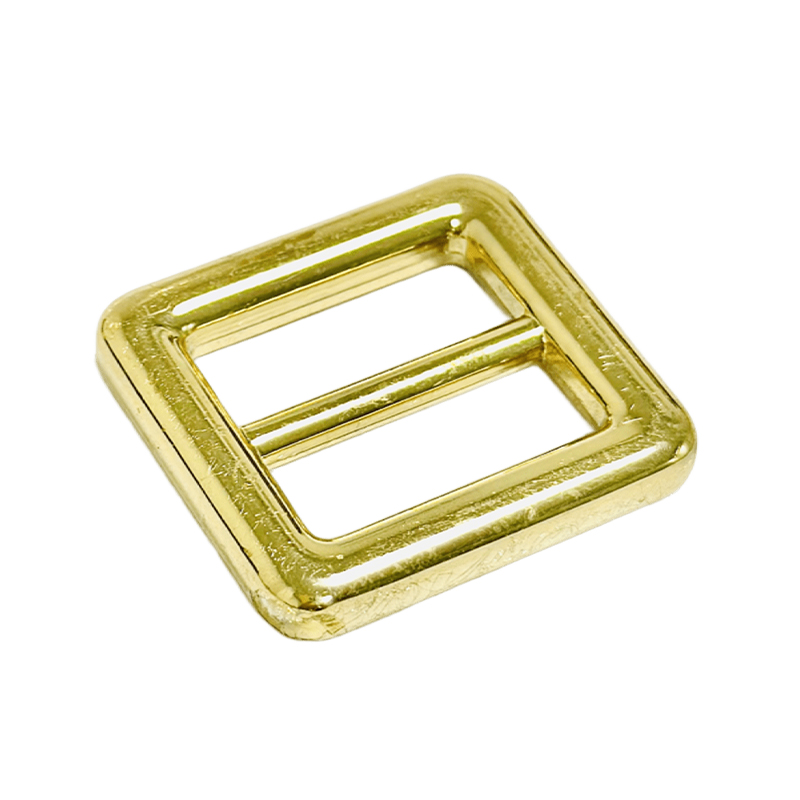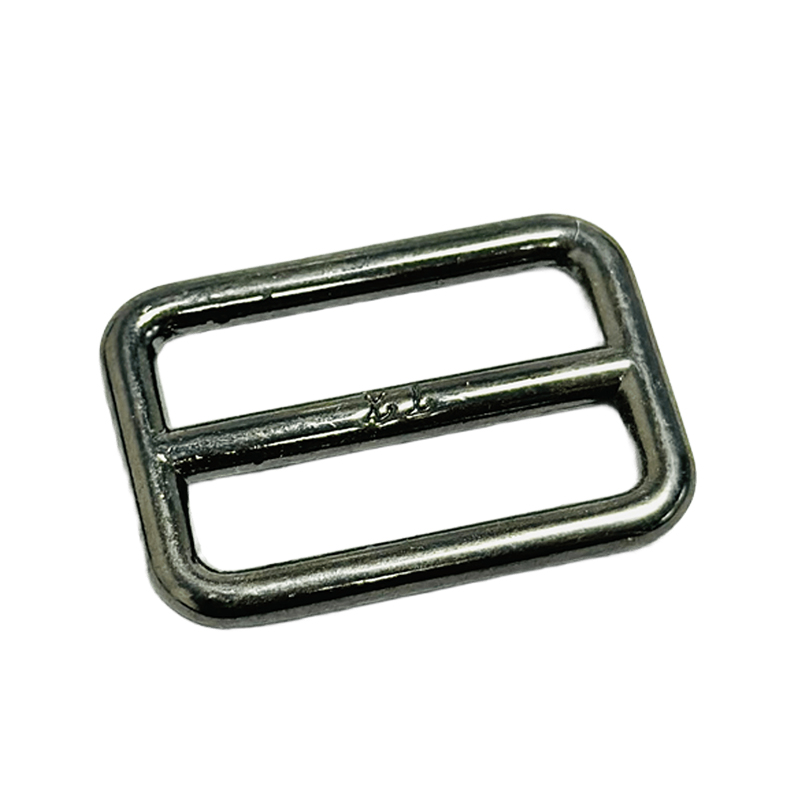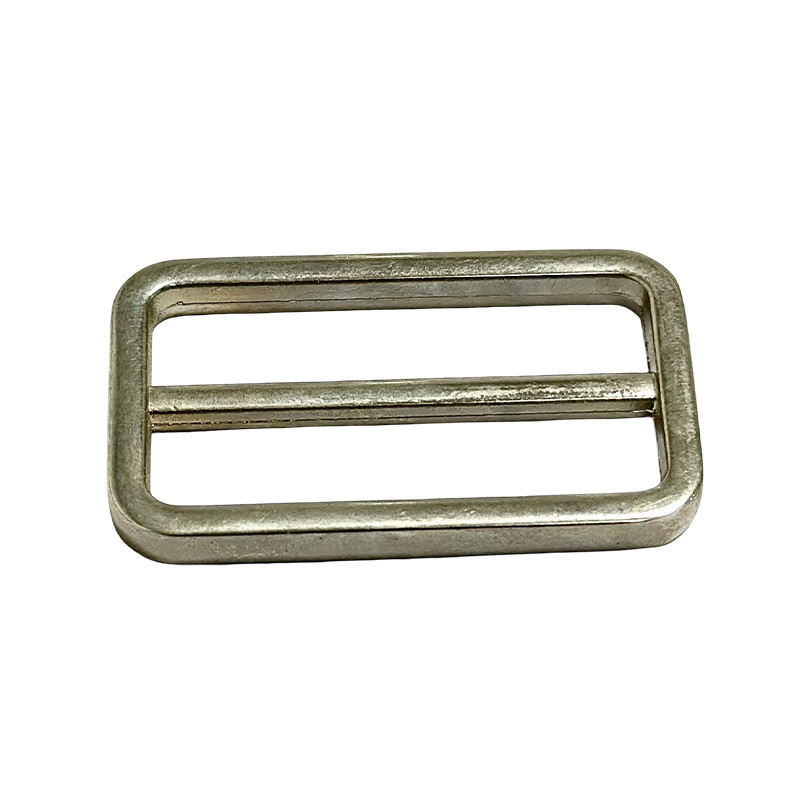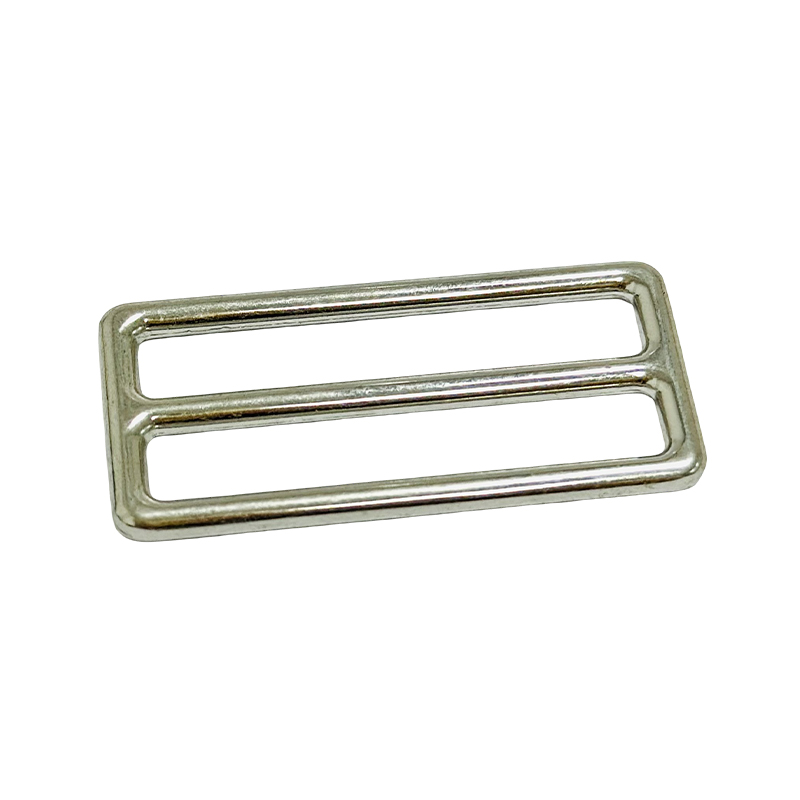How to avoid porosity and crack defects in the welding process of metal dog buckle?
Release Time : 2025-10-10
During the welding of metal dog buckles, porosity and cracks are two common defects that require specific control. Their occurrence is closely related to material properties, welding process, and environmental conditions, requiring systematic process optimization to avoid these defects.
Aluminum alloys are prone to forming a dense oxide film on their surface. This film, primarily composed of aluminum oxide, has a melting point as high as 2050°C. If not thoroughly removed during welding, the oxide film can hinder metal fusion, resulting in poor weld pool fluidity and difficulty escaping gases like hydrogen, leading to the formation of porosity. Furthermore, moisture adsorbed by the oxide film decomposes into hydrogen under the high arc temperature, further increasing the risk of porosity. Therefore, before welding, the oxide film must be thoroughly removed using mechanical grinding or chemical cleaning (such as alkaline or acid cleaning), and the workpiece surface must be kept dry to avoid residual moisture.
The core cause of porosity is an imbalance between hydrogen dissolution and precipitation in the weld pool. Aluminum alloys have high thermal conductivity and the weld pool cools rapidly. If hydrogen cannot escape before solidification, it will be trapped and form porosity. Controlling the hydrogen source is crucial: the moisture content of welding materials (welding wire and base metal) must be strictly limited and low-temperature drying must be performed before use. The purity of the shielding gas (such as argon) must be above 99.99% to prevent the influx of nitrogen and oxygen. The humidity at the welding site should be kept below 60% to prevent ambient moisture from entering the weld pool. Welding parameters should also be optimized, such as using low current and fast welding speeds to reduce the duration of the weld pool and the amount of hydrogen dissolved.
The generation of cracks is closely related to the thermophysical properties of aluminum alloys and welding stress. Aluminum alloys have a large linear expansion coefficient, which can easily generate thermal stress due to uneven localized heating during welding. Furthermore, a low-melting-point eutectic phase is easily formed in the late solidification phase of the weld pool, which is susceptible to cracking under stress. Structural design should avoid excessively concentrated welds to reduce restraining stresses. The welding sequence should adhere to the principle of "symmetrical welding and staged back-off" to balance heat input. The arc crater should be completely filled upon arc termination to prevent cracking. Localized slow cooling or hammering can be used to relieve stress after welding. Regarding material selection, aluminum alloys with a high tendency to hot cracking (such as 2xxx and 7xxx series) require welding wires with good crack resistance (such as aluminum-silicon wire containing Si or Ti).
The choice of welding method directly impacts defect control effectiveness. Manual tungsten inert gas (TIG) welding is suitable for precision welding of thin metal dog buckles due to its stable arc and excellent shielding. Metal inert gas (MIG) welding offers high efficiency, but requires strict control of wire feed speed and arc voltage to avoid porosity. Pulsed argon arc welding can refine grains and reduce the tendency to hot cracking by adjusting pulse parameters. For thick metal dog buckles, low-frequency oscillating welding can be used to agitate the molten pool, promote gas escape, and reduce cooling rates, thereby minimizing crack risk.
Process parameters must be dynamically adjusted based on material thickness and joint configuration. Excessive current can easily lead to overheating, increasing the risk of cracking and porosity; too low current can result in insufficient penetration and the risk of incomplete fusion. The arc voltage must be matched to the current to avoid excessive arc duration, which can lead to shielding gas dispersion. Welding at too fast a speed will cause the molten pool to cool too quickly, preventing gases from escaping. Welding at too slow a speed will result in excessive heat input, exacerbating stress concentration. Experimentation is required to determine the optimal parameter range. For example, short arc speeds and rapid welding are recommended for thin plates, while slower speeds are recommended for thicker plates to prolong the molten pool's lifespan.
Controlling the welding environment is an often overlooked aspect. Wind speeds exceeding 2 m/s will disrupt shielding gas coverage, necessitating operation in a confined space or under windproof conditions. Low temperatures (below 5°C) will reduce the fluidity of the molten pool, necessitating preheating of the base metal to 100-150°C. Dehumidification equipment is required during rainy seasons or in humid areas to ensure the ambient humidity meets standards. Furthermore, welder operation must be standardized to avoid improper operation, such as excessive arc length and large swing amplitudes, to minimize gas intrusion and stress concentration.
Welding defect control for metal dog buckles requires comprehensive integration of material preparation, process design, parameter optimization, and environmental management. By thoroughly cleaning the oxide film, strictly controlling hydrogen, optimizing welding methods and parameters, rationally designing the structure and controlling environmental conditions, the incidence of pores and cracks can be significantly reduced, and welding quality and product reliability can be improved.







